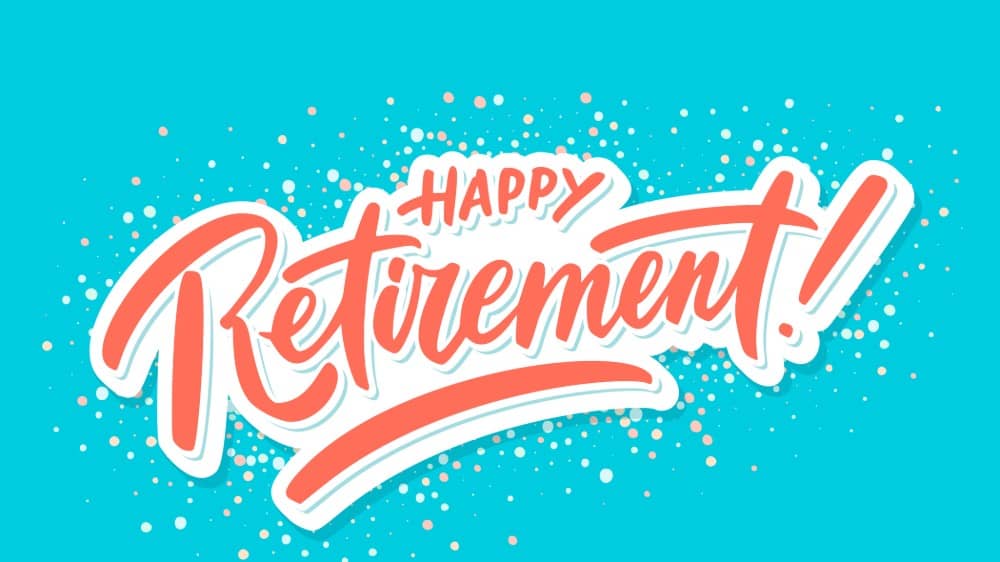It sounds absurd. To the risk adverse, it might even seem transgressive. How could you possibly use debt to save for something as big as retirement?
The truth is, a cash-back credit card is a form of passive income that can help you bulk up your retirement savings. All you need is a great cash-back card, a good brokerage account, and the ability to transfer rewards from the former to the latter.
With that in mind, let’s take a closer look at you can make your credit card fund your retirement.
1. Apply for the right cards
There are a lot of great cash-back and rewards credit cards in Canada. But don’t think for a moment that all of them are right for you.
The right card is the one that gives you a bonus rate for your everyday shopping. Do you spend more money at grocery stores? Get a card that earns more for groceries. Do you spend a lot on gas? Get a card that rewards you for gas.
But don’t stop at just one. It’s rare to find a card that rewards you generously for all of your shopping habits. Pick your top two or three cards and use those to shop. It doesn’t matter if your rewards are awarded to different accounts. You’re going to transfer them to the same brokerage account anyway.
In addition to cash-back rates, be sure your card provider will let you transfer rewards to a brokerage account. If they don’t, you can still redeem cash back for cheques or cash deposits, which you can then transfer to your account. Some rewards cards, however, might not allow you to do that.
2. Apply for the right brokerage
Next, make sure you have the right brokerage account.
In the same way that not all credit cards are right for you, not all brokerage account will be right for you, either. Some require you to hold large minimum balances, which you might not have the funding to maintain. Others will overload you with high trading fees, or they’ll charge you nasty “administrative” fees that can eat into your earnings.
Still, others will allow you to trade popular securities, such as stocks and ETFs, while others will give you the option of trading more advanced investments, like options and future contracts.
If you don’t have a brokerage, now is the time to start shopping for a good one. Take a moment to compare the perks on each one, noting strongly the differences in trading commissions and fees, and decide which has the right bundle of features for you.
3. Transfer cash back into your brokerage account
At this point, you have everything you need to fund your retirement. You have a cash-back or rewards credit card that will help you earn the most for your spending. And you have a brokerage account that limits your fees.
Now it’s time to earn and burn.
The basic idea of “earn and burn” is to constantly use your cash-back or rewards rather than “save” or hoard them. Normally, this helps you fight inflation, as rising prices can silently devalue your cash back or points. In the case of using your rewards to invest, however, “earn and burn” helps you invest your money immediately, taking full advantage of the market’s movements.
As far as investments go, I would stick to something you feel comfortable with. If you’re risk adverse, an ETF or index fund might be your go-to, as the fees are low, and the built-in diversification can hedge against market volatility. For those who want a greater chance at gains, you might want to invest in individual stocks, perhaps taking advantage of fractional investing, since your earnings are likely going to be low in comparison to stock prices.
Whatever you choose to invest in, make a habit of transferring your rewards into your brokerage account, perhaps biweekly or monthly. It doesn’t matter how low your rewards are: the sooner you invest it, the sooner you can make your earnings work harder for you.
Get a credit card that helps you build long-term wealth
Though a card credit won’t make you rich overnight, it can help supplement your retirement saving. You can even hold your investments in a TFSA and RRSP, which will help you get certain tax advantages on your earnings.



